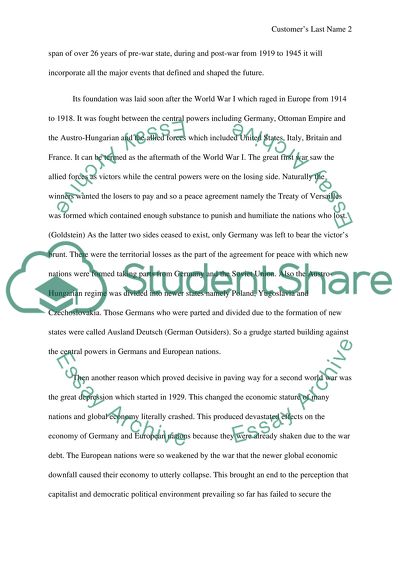Cite this document
(“World War II Research Paper Example | Topics and Well Written Essays - 1750 words”, n.d.)
Retrieved from https://studentshare.org/history/1448271-world-war-ii
Retrieved from https://studentshare.org/history/1448271-world-war-ii
(World War II Research Paper Example | Topics and Well Written Essays - 1750 Words)
https://studentshare.org/history/1448271-world-war-ii.
https://studentshare.org/history/1448271-world-war-ii.
“World War II Research Paper Example | Topics and Well Written Essays - 1750 Words”, n.d. https://studentshare.org/history/1448271-world-war-ii.


